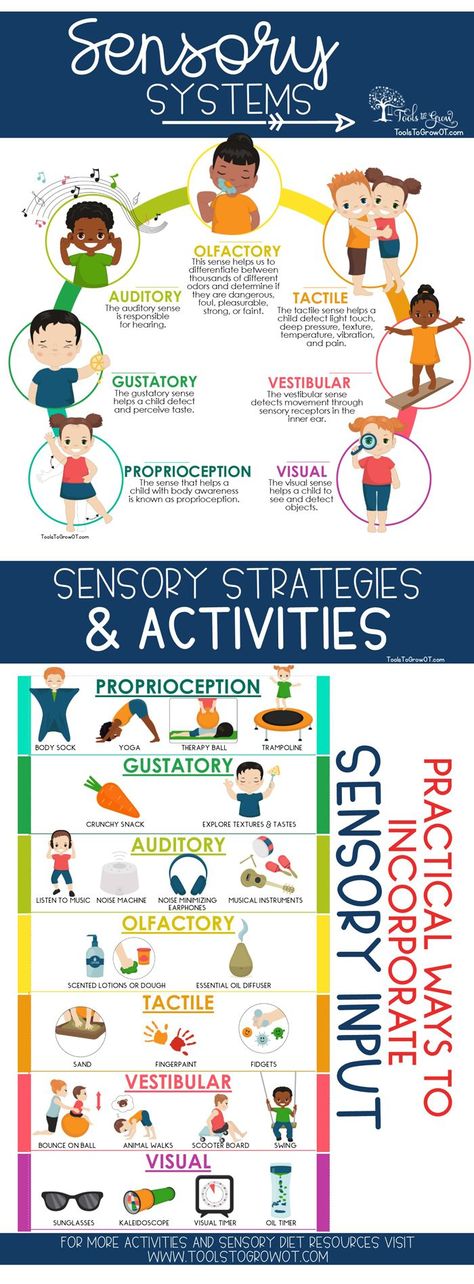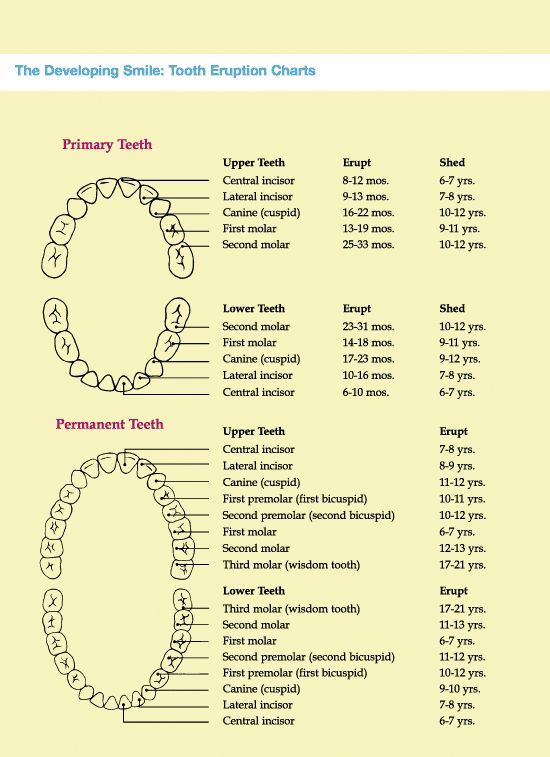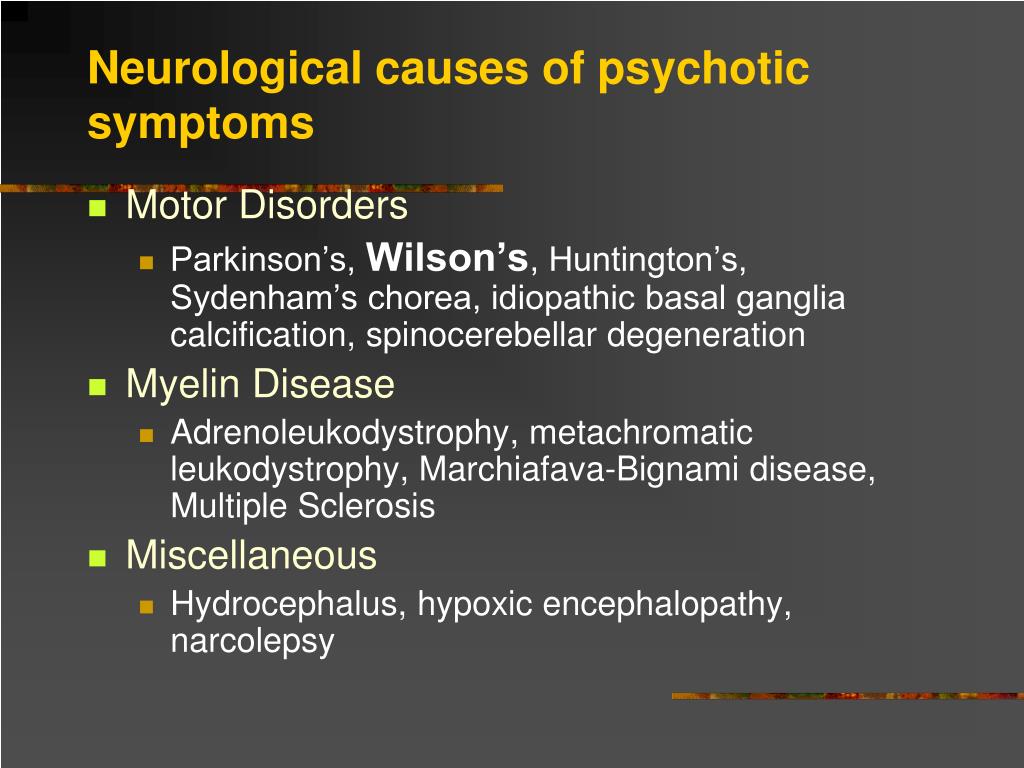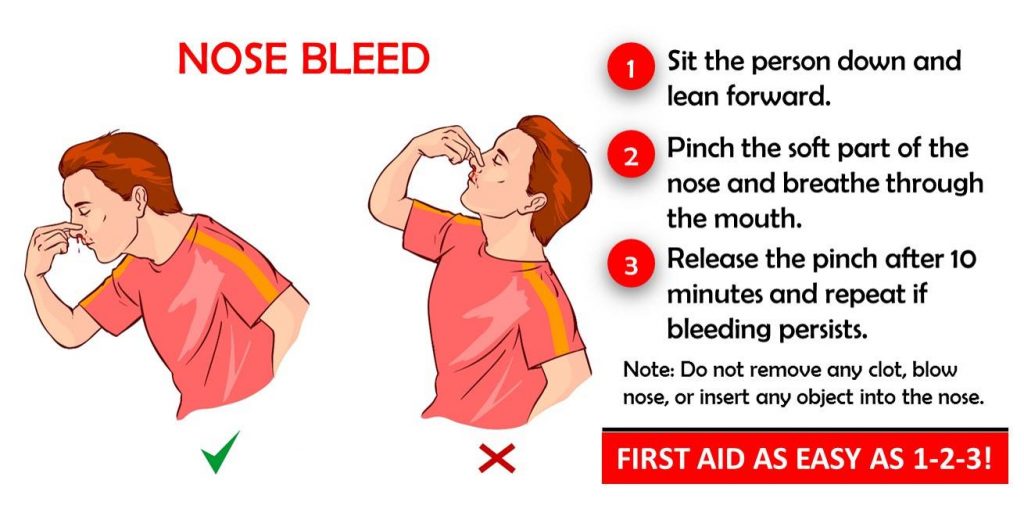Baby why you crying
11 Reasons Why Babies Cry and What to Do
When it comes to babies, there are few absolutes. After all, no two babies are alike, and what works for one may not work for another. But there is one thing all babies have in common, and that’s a tendency to cry. The extent of those little wails will of course vary from child to child, but most new parents can expect to deal with one to three hours of baby crying every day. Why? Because it’s baby’s early—and only—way of communicating their needs and wants. There may not be a Google Translate option to help figure out what a crying baby is trying to tell us, but there are some common reasons why babies cry. Read on to learn how to decipher baby’s cries, plus helpful tips for soothing those tears.
In this article:
Why do babies cry?
How to calm a crying baby
When to let baby cry it out
Why Do Babies Cry?
If you have a crying baby on your hands, chances are they’re trying to tell you they’re in need of something. Evolutionarily speaking, offspring of mammals cry as a signal to their parents that they need immediate attention, says Darcia Narvaez, PhD, a professor of psychology at the University of Notre Dame in Notre Dame, Indiana. Here, we’ve identified 11 of the most common reasons why babies cry, along with some strategies for how to calm a crying baby.
1. Hunger
They call it “hangry” for a reason. Everyone gets a little cranky when they’re hungry, especially babies: They can go from zero to screaming pretty quickly if they haven’t eaten for a while. You might recognize the “feed me” cry as rhythmic and repetitive and (usually) short and low-pitched. Baby’s hunger cries may also include a “neh” sound, experts say, which stems from baby’s tongue reflexively hitting the roof of the mouth in baby’s search for milk.
The key with feedings isn’t to watch the clock—it’s to respond to baby’s cues. “Crying is a late sign of hunger,” says Paul Horowitz, MD, a pediatrician with Discovery Pediatrics in Valencia, California. To prevent baby crying from hunger, look for early signs they’re ready for a nosh: lip-smacking, sucking on their hands or rooting (aka turning their head to find the breast or bottle).
To prevent baby crying from hunger, look for early signs they’re ready for a nosh: lip-smacking, sucking on their hands or rooting (aka turning their head to find the breast or bottle).
2. Sleepiness
As an exhausted parent, you may be able to fall asleep the minute you hit the mattress, but the same isn’t necessarily true for baby. Sleep is a learned skill, just like anything else. “Newborns don’t have an established circadian rhythm until around 4 months,” says Kim West, LCSW-C, a baby sleep consultant better known as The Sleep Lady. “On top of that, a crying baby is largely incapable of self-soothing, so parents have to help baby establish these things.” To help reduce baby crying at night and soothe them to sleep, a little trial and error is likely in order to see what calms your tired baby best. Swaddling, for starters, may make your little one feel cozy and comfy. Some babies also respond well to rocking motion, the sound of a lullaby or even a hum of the vacuum.
If baby is crying at night and waking frequently, it can be tempting to cut down on daytime sleep, thinking fewer afternoon naps will help baby sleep better at night—but it won’t. When baby is overtired, their body will produce hormones that give them a second wind, making it harder to fall and stay asleep. Even if it’s not baby’s usual naptime, if they seem tired, go ahead and put baby down. “Sleepy babies should be allowed to sleep,” Horowitz says.
3. Dirty diaper
Some babies can sit in a wet or dirty diaper for hours without a care in the world. Others go nuts if they’re uncomfortable for more than a second. (Can you blame them really?) Take a second to open up the diaper and do a quick check or perform a “sniff test.” You can also opt for a diaper brand that comes with a wetness indicator, like Pampers Swaddlers, which change color when the diaper is wet. That way, you don’t have to undress your child every time you need to investigate whether that baby crying is due to diaper discomfort.
4. Need to burp
If you notice baby crying right after feeding, that’s a classic sign they need to be burped. But there are other times a good burping may be in order. “Everyone remembers to burp baby after a feeding, but many babies may need to be burped after sucking a pacifier, having the hiccups or crying,” Horowitz says. “All these activities can result in swallowing air.” So, when you have an inexplicably crying baby, it doesn’t hurt to give them a pat on the back. There are several techniques for how to burp a baby out there, so find one that works for you. “I hold my baby over my left shoulder, making sure his left arm is hanging over my shoulder,” Bumpie KatieDahlia says. “Then I rub in circles on his left side and back, starting down by his hip and working up. Usually after two or three tries, we get a massive burp out of him.”
5. Tummy troubles
Is your crying baby also wriggling, arching their back or pumping their legs? These are telltale signs of baby gas, says Preeti Parikh, MD, a pediatrician at Pediatrics of New York in New York City. The good news is there’s an easy way to help them pass it. “Hold baby on the left side or on their stomach to help with digestion,” Parikh says. “If baby is gassy, bicycle their legs and push them up to the chest to help relieve the gas.”
The good news is there’s an easy way to help them pass it. “Hold baby on the left side or on their stomach to help with digestion,” Parikh says. “If baby is gassy, bicycle their legs and push them up to the chest to help relieve the gas.”
6. Teething
Baby can start teething as early as 4 months old, and when the pain sets in, an uptick in baby crying is pretty much guaranteed. Other signs of teething are excessive drooling and gnawing on anything within reach. “Sucking either on a pacifier or on your thumb or finger can help soothe baby,” Parikh says. You may even want to give your crying baby a gum massage, Horowitz suggests: Just massage the gums until your finger makes a squeaky sound. Chewing on frozen or refrigerated teethers, washcloths or even cotton bibs can also give baby some relief.
While it may be tempting, steer clear of over-the-counter teething aids like Anbesol or Orajel. These benzocaine-based products are no longer approved for use by the American Academy of Pediatrics (AAP), since they can numb the back of the throat and interfere with baby’s ability to swallow.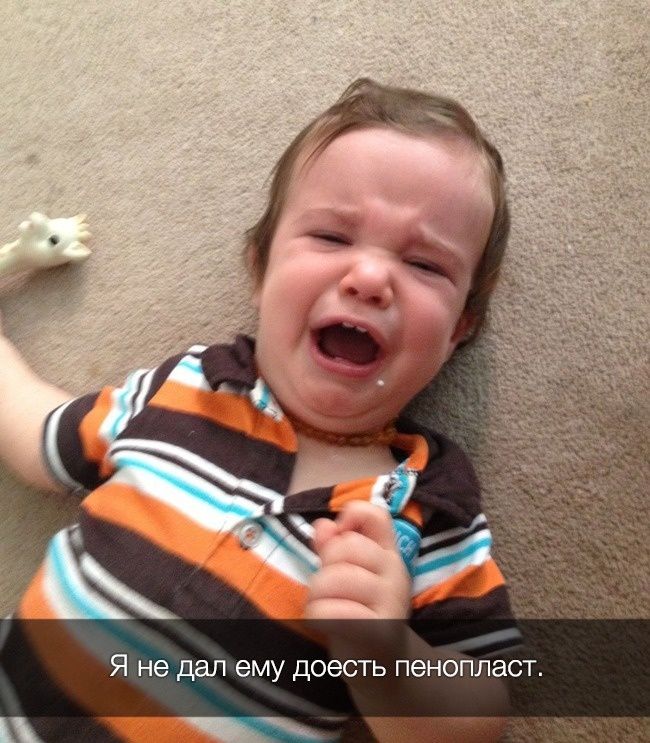 In addition, the US Food and Drug Administration warns parents about the dangers of homeopathic remedies, such as teething tablets. When it comes to soothing a crying baby’s teething pains, natural relief is best, unless baby is truly miserable. In that case, Tylenol and Motrin in weight-appropriate doses are the only recommended medications for teething in babies these days, says Eugenie Charles, MD, a pediatrician in the pediatric emergency room at Inova Loudoun Hospital in Leesburg, Virginia.
In addition, the US Food and Drug Administration warns parents about the dangers of homeopathic remedies, such as teething tablets. When it comes to soothing a crying baby’s teething pains, natural relief is best, unless baby is truly miserable. In that case, Tylenol and Motrin in weight-appropriate doses are the only recommended medications for teething in babies these days, says Eugenie Charles, MD, a pediatrician in the pediatric emergency room at Inova Loudoun Hospital in Leesburg, Virginia.
7. Overstimulation
We all get sensory overload now and again. For baby, it might be after getting passed around by aunts and uncles at a family party, or toted along to the grocery store. Remember: Your little one is still getting used to all that commotion, so it might not take much to get them upset. It’s a good idea to take a crying baby home and relax when they seem overstimulated. Going for a walk and getting some fresh air in a quiet, familiar setting can also do them some good, Parikh says. But don’t go too crazy trying to keep baby away from sensory activities. “Stimulation is a good thing,” Horowitz explains. “The best form of it for baby is one-on-one stimulation with a loved one.”
But don’t go too crazy trying to keep baby away from sensory activities. “Stimulation is a good thing,” Horowitz explains. “The best form of it for baby is one-on-one stimulation with a loved one.”
8. Need for attention
We all know babies don’t exactly operate on the “set it and forget it” mentality. You can (and should!) have baby spend some quiet alert time on a playmat or in a safe baby swing or bouncer. But your child will be happiest and most quiet when they’re with you. “Babies often cry out of loneliness because they’re not being held or rocked constantly. They need these things as they go through this period of rapid development,” Narvaez says. “Young babies should be attended to empathically and quickly so their systems learn to be calm instead of agitated or aggravated.”
9. Illness
No one likes being sick and miserable, babies included. If your little one is feeling ill, you’ll likely notice baby crying more often than usual. “Most parents know what baby’s usual cry sounds like, so if baby won’t stop crying or is crying harder and longer than usual, it could be a sign of illness,” Charles says. “Also look for other symptoms, like fever, vomiting, lack of weight gain, if baby’s not alert or if baby is inconsolable,” and bring it to your pediatrician’s attention.
“Also look for other symptoms, like fever, vomiting, lack of weight gain, if baby’s not alert or if baby is inconsolable,” and bring it to your pediatrician’s attention.
10. General discomfort
When we have an an eyelash stuck in our eye, a hair wrapped around our toe or a clothing tag that’s rubbing against our skin, we can simply remove it. But a preverbal baby has only one way to let you know they’re uncomfortable, and that’s—you guessed it—crying. If your child is still unhappy after napping and being fed, burped and changed, “strip baby down and inspect for itchy tags or other small things that could be wrong,” says West. Even a too-tight shoe can cause a meltdown, so use your best sleuthing skills here.
11. Colic
Last but certainly not least on the list is colic, the pièce de résistance of baby crying. Colic is defined by the AAP as a condition where an otherwise healthy infant cries more than three hours a day, more than three days a week, for more than three weeks in a row.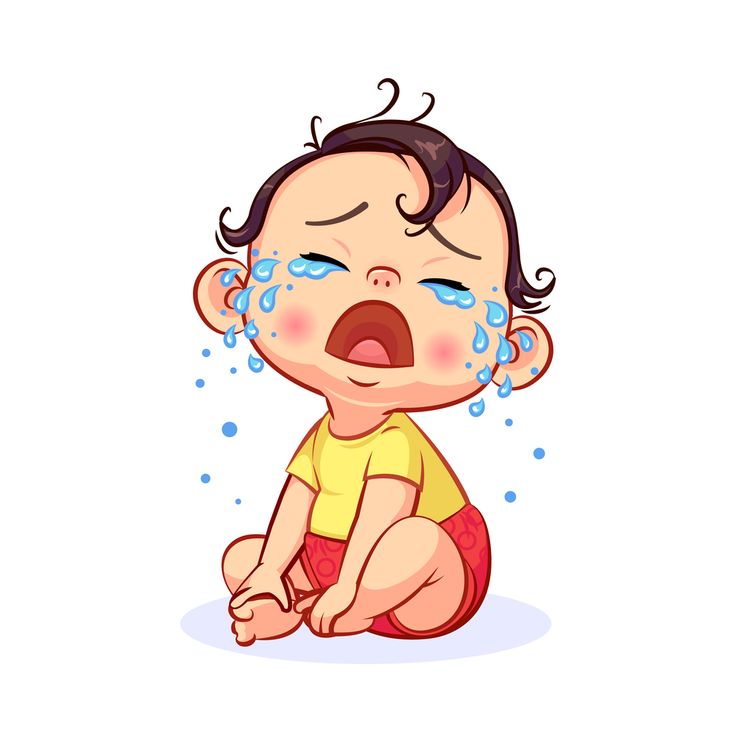 Babies with colic cry excessively, are more difficult to console and have disrupted sleep, leading to a whole lot of stress for you and your partner. But it’s important to remember that colic is usually pretty short-lived. Plus, colicky babies aren’t necessarily uncomfortable or in pain, Charles says, and it doesn’t mean you’re doing anything wrong. Often, it’s just baby’s way of dealing with life during those early months.
Babies with colic cry excessively, are more difficult to console and have disrupted sleep, leading to a whole lot of stress for you and your partner. But it’s important to remember that colic is usually pretty short-lived. Plus, colicky babies aren’t necessarily uncomfortable or in pain, Charles says, and it doesn’t mean you’re doing anything wrong. Often, it’s just baby’s way of dealing with life during those early months.
How to Calm a Crying Baby
The best way to soothe a crying baby is to first have an idea of why is baby crying, so you can quickly address their needs. Without knowing what’s causing those tears, parents often try a bunch of different calming techniques, but in doing so they often miss the window of opportunity to solve the real problem, and the baby crying escalates. If you still have a crying baby on your hands after checking for all the common culprits mentioned above, try the “Five S’s”—general soothing techniques pediatrician Harvey Karp, MD, outlines in his book Happiest Baby on the Block. Here’s a breakdown of how to make baby stop crying using these helpful tips and tricks:
Here’s a breakdown of how to make baby stop crying using these helpful tips and tricks:
• Swaddle. Babies love to be swaddled. It provides them with a sense of security and reminds them of their days in the womb. The first step to soothing your crying baby is to wrap them in a snug (but not too tight!) swaddle with baby’s arms at their side.
• Side or stomach position. Hold baby on their side or on their tummy over your arm. Both positions are comforting for baby and can help resolve gas and other tummy issues.
• Shush. Make a gentle shushing sound directly into baby’s ear, which is similar to the noises they heard in the womb. Don’t be afraid to amp up the volume a bit for a crying baby.
• Swing. Try swinging or gently jiggling baby to get them to calm down (while always taking care to support baby’s head and neck). Babies are used to these types of motions from their time in utero and can be startled by stillness shortly after birth.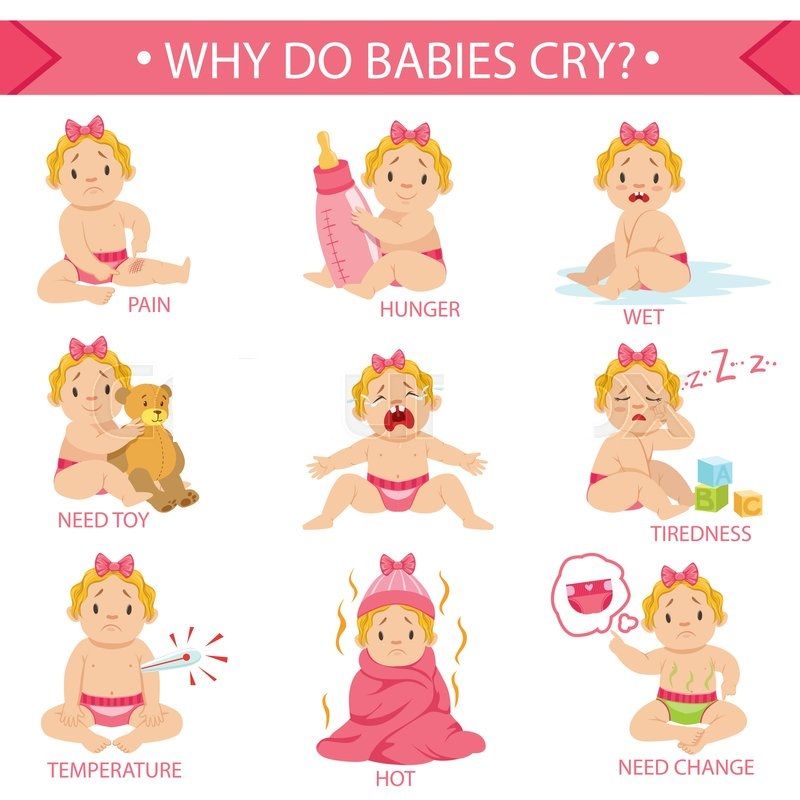
• Suck. According to Karp, a lot of fussy babies deeply relax when they suck on something. Try nursing or using a pacifier once baby starts to calm down a bit.
When to Let Baby Cry It Out
It’s hard for any parent to hear baby crying, and it’s instinctual to want to soothe those tears. But is there ever a point when it’s best to just let baby cry? There’s really no hard-and-fast answer. Yes, babies can cry a lot, but given that it’s their primary form of communication, it’s not all that surprising. “They need to learn the rhythms of living outside the womb, and they need lots of help with that—through comfort, rocking and calming,” Narvaez says. “They can’t do these things themselves during the first several months.”
When it comes to sleep training, whether or not it’s okay to let baby cry it out—otherwise known as the Ferber method—is a bit controversial. Some critics say letting baby cry can be emotionally scarring, but that claim isn’t backed by science. In fact, a 2016 study found that letting baby cry didn’t result in any stress responses or have any long-term effects on baby’s emotional state, outward behavior or the parent-child bond. But every family has to find a sleep training strategy that works for them.
In fact, a 2016 study found that letting baby cry didn’t result in any stress responses or have any long-term effects on baby’s emotional state, outward behavior or the parent-child bond. But every family has to find a sleep training strategy that works for them.
If you do opt to let baby cry it out, experts agree the child should be at least 6 months old—but that doesn’t mean your little one can’t learn some self-soothing techniques in the meantime. “It’s not harmful for baby to fuss a bit while you grab a quick shower, as long as they’re in a safe place,” says West, who’s also the author of the sleep training book Good Night Sleep Tight: Gentle Proven Solutions to Help Your Child Sleep Well and Wake Up Happy.
If baby won’t stop crying and you’ve reached your limit, it’s always okay to put your child down in a safe place, like the crib or play yard, walk away and take a few minutes to compose yourself. If you feel yourself starting to get frustrated and angry with your crying baby, take a step back and find someone to help, whether it’s your partner, a family member or a friend. And remember, as with all things, this too shall pass.
And remember, as with all things, this too shall pass.
Updated March 2020
Expert bios:
Darcia Narvaez, PhD, is a professor of psychology at the University of Notre Dame in Notre Dame, Indiana, who specializes in the study of evolved parenting practices. She’s also an award-winning author.
Paul Horowitz, MD, FAAP, is a pediatrician and co-founder of Discovery Pediatrics in Valencia, California, as well as an active member of the American Academy of Pediatrics.
Kim West, LCSW-C, is a baby sleep consultant known as The Sleep Lady. She is the author of the popular sleep training book Good Night Sleep Tight: Gentle Proven Solutions to Help Your Child Sleep Well and Wake Up Happy.
Preeti Parikh, MD, is a pediatrician at Pediatrics of New York in New York City, as well as an associate professor of pediatrics at Mount Sinai hospital in New York. She earned her medical degree from Rutgers Robert Wood Johnson Medical School.
Eugenie Charles, MD, is a pediatrician in the pediatric emergency room at Inova Loudoun Hospital in Leesburg, Virginia. She received her medical degree from George Washington University School of Medicine in 1999 and has been in practice for more than 20 years.
Please note: The Bump and the materials and information it contains are not intended to, and do not constitute, medical or other health advice or diagnosis and should not be used as such. You should always consult with a qualified physician or health professional about your specific circumstances.
Plus, more from The Bump:
The Period of PURPLE Crying, Explained
How to Deal with the Baby Witching Hour
This App Can Tell You the Reason Baby Is Crying
The Nine Different Sounds and What They Mean
Let’s face it, when babies cry can be totally destabilizing and disarming. It acts on our little heart like a flashing light but also on our nerves like a needle. Before alarm and loss of patience, we suggest that you immerse yourself in this very special sound universe.
Before alarm and loss of patience, we suggest that you immerse yourself in this very special sound universe.
We went to meet the association Ensemble pour l’Education de la Petite Enfance to take stock of this subject and offer you answers.
You will discover that Baby, with its words, speaks to you and gives you indications on its needs and what you can do to support it. Goodbye frustration!
Why Are You Crying Baby?
Baby’s cry plays an essential role in the health and development of infants. They are a physiological reaction to their primary needs.
From five months, Baby’s crying modulates and this language diversifies to communicate even more specific needs.
These first tears are the signals that his body emits. Without response to these signals, the crying becomes real cries of alarm and, from an unfulfilled need arises a frustration that turns into emotion.
Baby experiences his emotions very intensely (in the brain, emotions sit in the amygdala). He does not yet know how to regulate these emotional storms that cross him. Crying, sometimes spectacular, is the expression of these storms. In order to better understand your own emotions in front of Baby, you can imagine yourself as the prefrontal part of his brain, the one that will come in the coming years to regulate his emotions. By listening to these tears, you participate in the creation of a bond of trust.
He does not yet know how to regulate these emotional storms that cross him. Crying, sometimes spectacular, is the expression of these storms. In order to better understand your own emotions in front of Baby, you can imagine yourself as the prefrontal part of his brain, the one that will come in the coming years to regulate his emotions. By listening to these tears, you participate in the creation of a bond of trust.
What Are They Trying to Say?
What is absolutely incredible is that all babies, regardless of mother tongue, speak the same language at birth. The sounds they emit are a physiological reflex to express a need. More than crying, they are signals expressing needs. These first sounds allow you to be able to meet Baby’s needs before his discomfort is too strong. Priscilla Dunstan’s scientific theory, validated through her international research, allows us to classify them here. By studying these sounds, you will be able to understand Baby’s crying.
Nèh – “I am hungry”As if to suckle, Baby’s tongue sticks to his palate and the sound that comes out is “Neh”. Baby needs to eat.
Baby needs to eat.
The diaphragm lowers, the larynx closes, and the air tries to come out fairly brief and jerky. Help baby burp and feed him only if he no longer produces this sound.
With yawning, the mouth opens wide, the tongue flattens down and recedes. This is the signal to go to sleep, quickly!
The sound is hoarse, contracted, prolonged. Baby’s stomach is often torn by painful gases and Baby squirms. Baby needs movement to relieve himself. Massage him to help.
EYFS Developmental Milestones – Download Free eBook
The soft H is particularly recognizable. Baby’s skin is uncomfortable here. It needs to be changed, it is hot, it is cold, its position is not comfortable or a diaper rash has appeared. Verification is required.
This sound is accompanied by increased salivation and it seems to rub its gums against each other.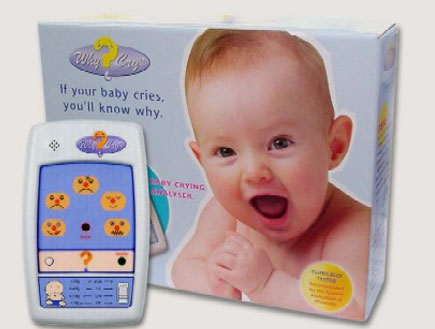 You can offer Baby a teething ring.
You can offer Baby a teething ring.
The sound is calm and sad. With this little meow, Baby says that he is bored and that he needs bond and presence. Interact with Baby, he is waiting for you!
The tongue peels off the palate, a small drink is essential.
Baby’s whole body is tense and nothing is going right. You just have to cuddle Baby to calm him down.
Although you and Baby are not yet speaking the same language, they are already telling you how they are feeling. By putting your own words on his, by offering him the appropriate care, you show him that you understand his message and that you are present for him. This will allow him to find comfort and help him calm down.
Imagine what comfort for your newborn to know they are heard and understood!
Should You Let a Baby Cry?
There is no single answer. Depending on his age, maturity and character, your active presence may or may not be required.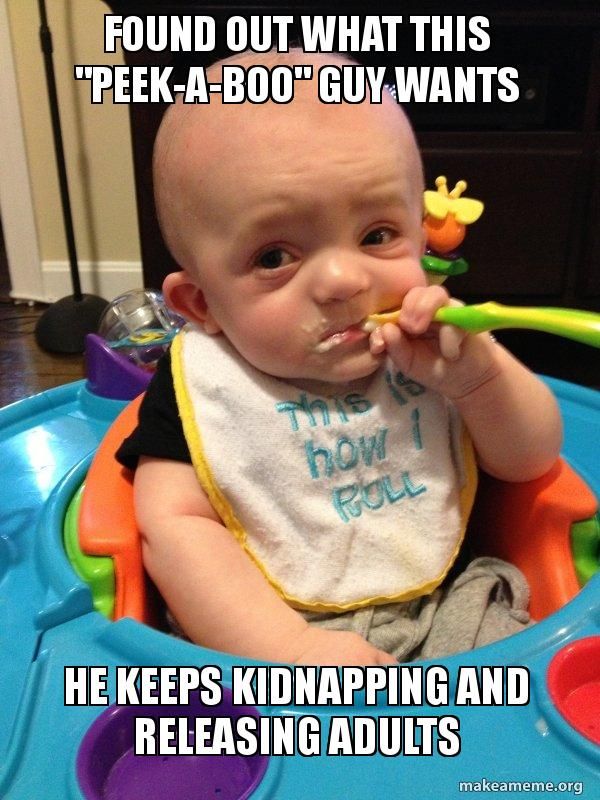
In its first weeks of life, the sounds expressed are there to meet its needs. There is no question of talking about a temperamental baby. By responding to his needs, you allow him to quickly set up his diet, his sleep, his “secure” attachment. You also allow him to manage his stress and to guard against possible behavioural disorders (feeding in response to each cry is not a recommended solution for example). It is also a benefit for adults because if you understand the baby’s needs faster, you can create a serene bond with him. Parents find their balance more easily and can collaborate. It can also be interesting to share this tool with siblings. The “grown-ups” will thus be able to create an unprecedented bond with Baby.
When Baby grows up, observation time is often necessary to understand what is at stake …
In a situation of intense crying, it is important that the adult is present. You teach Baby to recognise the emotion that runs through him by naming it. Your recognition, your listening, your physical proximity, your availability and your attitude soothes him.
If he is not in distress, his needs are met and you have already made your presence known to the child, you can also help the child learn self-control. By moving away slowly, he will be able to learn alone to calm his emotions. Suck on his fingers, chew on a cuddly toy, each Baby finds his “thing” to reassure himself.
It is important to keep in mind that the cry is normal and that the baby’s frustration is an inevitable situation. You cannot anticipate all of his needs. Of course, some sounds will escape you and you will face the misunderstanding. Be certain that your presence is already a great relief for Baby. Also, listen to your own emotions. When you lose patience, talk to your loved ones: it is not a defeat because each parent goes through phases of exhaustion, doubt and frustration. Putting solutions in place to overcome them is the most beautiful of victories, and will certainly be your greatest pride.
The answer you give to this little man will help him to build thanks to the bond of trust that you will have created with him.
We would particularly like to thank the Association Ensemble pour l’Education which was kind enough to share this information with us.
To know more:
• Read the book by Priscilla Dunstan & Isabelle Filliozat “He’s crying, what does he say? – Finally, decode the hidden language of babies”
• Improve your ability to decipher crying with Lecture # tpep17 Dr. Claude Swaenepoel, decoding crying baby
• Crying is also the result of emotions. Watch the video Tell me … how to help the child better manage his emotions
• Watch the video Tell me … why do babies cry?
Deepen your knowledge by following the Conference # tpep17 “the baby, his crying and the management of emotions”
Related Itemsnewborn
Cry Cry Cry - Coldplay Lyrics
Cry Cry Cry - Coldplay Lyrics | Everyday Life Lyrics Pop Rock Quedeletras -| Cry Cry Cry Lyrics Songtext Listen to songs Lyrics - | |||
| Cry, Cry, Cry, Baby | |||
| Cry, Cry, Cry | |||
| in A BOOK ABOUT THE WORLD | 0015 | ||
| There are trees and flowers growing | |||
| While Jizo Bodhisattva singer | |||
| | |||
| And when you cry, cry, cry, baby | |||
| When you cry, cry , CRY | |||
| WHEN YOU CRY, CRY, Cry, Baby | |||
| I'll By Your Side | | DONM0015 | |
| or CAUSE Each Other Pain | |||
| DON'T WANT THE THEY DONIT KNOW | | 9000 9000 9000 is to rain ||
| So I never, never, ever let you go | |||
| | |||
| When you cry, cry, cry, baby | |||
| When you cry, cry, cry | |||
| When you cry, cry, cry, baby | |||
| I'll be by your side | |||
| Ooh, yeah | |||
| Ooh, yeah | |||
| | |||
| For all the stars out in the sky | |||
| | |||
|
Cry Cry Cry LyricsCry Cry Cry Translate Russo, Translation of the song Russian | |
| Cry, Cry, Cry, Baby | Cry, Cry, Cry | | | It is called "luminous things" |
| Trees and flowers grow there | |
| While Jizo Bodhisattva is a singer | |
| and when you cry, cry, cry, baby | |
| When you cry, cry, cry | |
| When you cry, cry, cry, baby | I will be on your side on your side |
| | |
| I don’t want us to hurt each other0015 | |
| We are together, baby | |
| We sing so that rain | |
| So never, never let you go | | when you are when you are cry cry cry baby |
| When you cry cry cry | |
| When you cry cry cry baby | |
| 0015 | |
| LLC yes | LLC Yes | |
| For your miracles are superior in number |
Now you can listen to the official video or lyrics of the video " Cry Cry Cry " including the album "Everyday Life" [view album] in 2019 with the music style of Pop Rock. The best lyrics on this CD are "Daddy" [Lyrics] [video] - "Arabesque" [Lyrics] [video] - "Orphans" [Lyrics] [video] - "Children of Adam)" [Lyrics] ] [video] - "Everyday Life" [Lyrics] [video] - .
The best lyrics on this CD are "Daddy" [Lyrics] [video] - "Arabesque" [Lyrics] [video] - "Orphans" [Lyrics] [video] - "Children of Adam)" [Lyrics] ] [video] - "Everyday Life" [Lyrics] [video] - .
See Coldplay biography and discography for all his recordings . His music can be found on their "Music Of The Spheres" [Watch] - "Singles" [Watch] - "Everyday Life" [Watch] - "Kaleidoscope EP" [Watch] - .
.You have more data on the official website page
or you can see the extended data of your social network Facebook fans
and twitter fans twitter
Coldplay Words
Quedeletras >> Lyrics >> c >> Coldplay
Top Music
Ton Coldplay lyrics
[Adventure of a Lifetime]
[Hymn For The Weekend feat. Beyoncé]
[Viva la vida]
[All I Can Think About Is You]
[Yellow]
[Paradise]
[In my place]
[Higher9 Power]
[Clocks] [The scientist][A Sky Full Of Stars]
[Parachutes]
[Fix you]
[Yellow]
[Sparks]
[Viva La Vida]
[My Universe]
[Green eyes]
[♡]
[The hardest part]
CD
[Music Of The Spheres]
[Singles]
[Everyday Life]
[Kaleidoscope EP]
[Game of Thrones: The Musical]
[A Head Full of Dreams]
Letras de canciones - Letras de canciones - Traducida - Translate Lyrics
Traduçao - Traduzione Testi
lyrics Deutsche Übersetzungen
Baby, how much can you? Crying what a night.
Baby, you're not a fool,
Just understand yourself -
Baby, with your figure
Hundreds of crazy!
Take lipstick brighter
And blacker ink.
The fact that he is the best,
You know what nonsense!
The best couldn't do that.
I just wouldn't dare!
Baby don't do God!
There must be a limit
All these nervous breakdowns.
If only I had enough strength!
Baby, you are really beautiful -
Just didn't appreciate it.
Baby let's go last
There will be this verse.
Baby, and no tantrums -
Thrown and not like that.
- Previous Previous
- Track.
Next
Best of GodHumSila
RELATED QUOTES
RELATED QUOTES
Is it possible to imagine a world without jokes?!
Love for three oranges (Leonid Filatov) (9)
Yes, he would be just creepy without jokes! ..
When the heart is cold, fear and darkness -
Only humor keeps you from going crazy!..
That you reject the one you love is not a great self-sacrifice, you just want to be miserable. But being unhappy doesn't make you better than others, it just makes you unhappy.
Doctor House (1000+)
Today I'm glad... just like that. And why? I do not know. But life is beautiful - that's a fact! And I love this fact.
Unknown author (1000+)
When I told him I didn't want to see him, he turned off the light. And you would just be offended and leave, that's why I'm with him.
Angelina Jolie (50+)
You don't force yourself to listen to music you don't like, do you? This is how everything in life should be.
Unknown author (1000+)
Native - the one with whom you can talk for hours, even when there is nothing to talk about. Native - the one with whom it is pleasant even just to be silent. Native - the one whose pain hurts you more than your own.
Unknown author (1000+)
- Why do you have a lot of time and are optimistic about everything?
Unknown author (1000+)
- And I just don't argue with anyone!
- But that's impossible!?
- Impossible so impossible.![]()
Personal example is not just the best method of persuasion, but the only one.
Albert Schweitzer (20+)
You know, most people don't strive for freedom, they only think they do. All this is an illusion. If they are given real freedom, they will simply go crazy. So know. In fact, people do not want to be free.
Kafka on the beach (Haruki Murakami) (50+)
Well, how can you save joy in the world?
And you listen with your heart and hear: -
While you're breathing, you're only breathing
But while you love - you live!In seeking love, you seek beauty.
Look, make no mistake. After all, it happens.
What are the most beautiful features
Not to the eye, but only to the heart open!You say that happiness is impossible,
There are darkness and everything is terribly difficult.

